Explore Kenya's Wonders
Kenya offers thrilling and unforgettable experiences! At Value Explora, we tailor your trip to fulfill your dreams, ensuring every moment counts. Explore the vibrant Nairobi, the iconic Maasai Mara National Reserve, and the coastal gem Mombasa.
Mombasa
Nestled along Kenya’s coast, Mombasa is a gateway to pristine beaches, rich Swahili culture, and vibrant historical landmarks.


Nairobi
Nairobi, Kenya’s vibrant capital, is renowned for its dynamic city life, rich cultural heritage, and nearby wildlife, perfect for adventure and exploration.


Here’s what you can do in Nairobi:
Nairobi National Park Safari: Spot lions, rhinos, and zebras against a city skyline backdrop.
Elephant Orphanage: Meet rescued baby elephants at the David Sheldrick Wildlife Trust. Visitors are invited to witness the nurturing care of baby elephants and learn about the challenges of anti-poaching efforts and reintegration into the wild.
Giraffe Centre: Feed endangered Rothschild’s giraffes, walk through the nature trail, and understand conservation from a hands-on perspective. It offers an unforgettable chance to engage with these gentle giants.
Karen Blixen Museum: Step into the colonial history of “Out of Africa” at her former home. The museum showcases colonial-era furnishings and gives insights into her life, work, and love for Africa. It offers a nostalgic bridge between Scandinavian heritage and Kenyan history.
Bomas of Kenya: This cultural centre, founded in 1971m celebrates the rich traditions of Kenya's ethnic communities. Tourists experience vibrant dances, traditional music, and homestead replicas from across the country. It is an excellent introduction to Kenya's diversity and communal spirit.
Maasai Market: The market is a vibrant showcase of Kenyan craftsmanship. Visitors can shop for hand-beaded jewellery, textiles, art, and souvenirs while interacting with local artisans. Bargaining is encouraged and part of the cultural experience.
Madura Forest and Ngong Hills: This forest offers serene trails, waterfalls, and historical caves within city limits. Ngong Hills, to the west of Nairobi, offer sweeping views and fresh air for hikers and picnickers. Both provide a green escape and a peek into Kenya's environmental preservation.
Nairobi Railway Museum and the Old Railway Station: The museum, opened in 1971, preserves the legacy of the "Lunatic Express", the railway built by the British in the early 1900s. Tourists can explore vintage locomotives and learn about the railway's impact on East African history and development. It offers a fascinating look into colonial infrastructure and innovation.
Local Cuisine Tour: A guided journey through Nairobi's food scene reveals Kenya’s culinary diversity. Guests sample staples like nyama choma (grilled meat), ugali (maize porridge), sukuma wiki (collard greens), and coastal-influenced dishes. Food tours offer context about regional tastes and ingredients, often in lively markets and curated restaurants.
Here’s what you can do in Mombasa:
Beach Resorts and Water Sports: Mombasa’s coastline offers idyllic beaches on both the North and South Coasts. Resorts in areas like Nyali and Diani provide access to white sands and coral reefs. Tourists can enjoy snorkeling, scuba diving, windsurfing, or simply relax under palm trees. The region is famous for its turquoise waters and marine biodiversity.
Wasini Island and Kisite Mpunguti Marine Park:
A dhow trip to Wasini Island offers a full-day maritime adventure. Visitors can snorkel in coral gardens, spot dolphins, and enjoy Swahili seafood lunches on the island. The marine park, established in 1978, is a biodiversity hotspot and ideal for eco-tourists.
Old Town and Fort Jesus Tour: Mombasa's Old Town is a labyrinth of narrow streets lined with Swahili, Arab, and Portuguese architecture. Fort Jesus, built in 1593 by the Portuguese to protect their trade route, is now a UNESCO World Heritage Site. Visitors explore ancient mosques, colorful doors, and museums, learning about Mombasa’s pivotal role in Indian Ocean trade.
Haller Park: A symbol of environmental restoration, Haller Park was once a barren limestone quarry. Initiated by Dr. Rene Haller in the 1970s, it now thrives as an eco-park with giraffes, hippos, snakes, and birds. Tourists walk among baobab trees and learn about ecological recovery and sustainable land use.
Momba Village: East Africa’s largest crocodile farm, Mamba Village allows visitors to see crocodiles at various life stages, with educational talks and dramatic feeding sessions. The farm also features botanical gardens, camel rides, and local cuisine, making it a multifaceted experience.
Swahili Cuisine Discovery: Mombasa’s cuisine reflects its multicultural history, blending African, Arab, and Indian flavors. Tourists can taste dishes like biryani, pilau, mahamri, and coconut-infused seafood. Cooking classes and food tours enrich understanding of coastal life.
Tuk-Tuk Tours: A quintessential Mombasa experience, tuk-tuk rides provide an intimate way to explore local neighborhoods, beach roads, and markets. Tourists can stop at street food stalls and artisan shops while enjoying the city’s sights and sounds.
Lamu Cultural Influence and Artisanship: While based in Mombasa, many tours include insights into Lamu’s influence—seen in Swahili wood carving, dhow design, and architecture. Demonstrations and workshops offer a tactile understanding of this heritage.
Maasai Mara - The Crown Jewel of Safari
Stretching across Kenya’s savanna, Maasai Mara is a haven for the Great Migration, iconic Big Five safaris, and vibrant Maasai traditions.


Here’s what you can do in Maasai Mara:
Game Drives and Big Five Safaris: Masai Mara, established in 1961, is part of the larger Serengeti-Mara ecosystem. It is world-famous for its high density of wildlife including lions, leopards, elephants, buffalo, and rhinos. Daily game drives are led by skilled guides who track animal movements and explain ecosystem dynamics.
The Great Wildebeest Migration: Occurring between July and October, over 1.5 million wildebeest, zebras, and gazelles cross from the Serengeti into the Mara. It is considered one of the "Seven New Wonders of the World". Tourists witness dramatic river crossings and predator-prey interactions, often from prime lodges or mobile camps.
Hot Air Balloon Safaris: A sunrise balloon safari offers panoramic views of the savannah and its inhabitants. Originating in the 1980s as a luxury offering, this experience concludes with a champagne breakfast in the bush. It’s a serene yet thrilling way to grasp the scale of the landscape.
Cultural Visits to Maasai Villages: The Maasai, known for their distinctive red attire and semi-nomadic lifestyle, welcome tourists into their bomas (homesteads). Visitors learn about customs, ceremonies, and survival techniques. These interactions promote cultural exchange and sustainable tourism.
Photographic Safaris: Specially designed vehicles and guides help tourists capture high-quality images of animals, birds, and landscapes. These safaris often cater to both amateur and professional photographers and include workshops and editing sessions.
Bush Dinners and Sundowners: A cherished safari tradition, sundowners are drinks served in scenic spots as the sun sets. Bush dinners, often lit by lanterns or bonfires, allow guests to dine under the stars surrounded by nature’s soundtrack. These experiences blend luxury with wilderness.
Nature Walks and Bird Watching: Guided by armed rangers and naturalists, walking safaris provide a close-up view of flora, insects, and animal tracks. Masai Mara is also home to over 450 bird species, making it a paradise for bird watchers and nature lovers alike.
Gallery
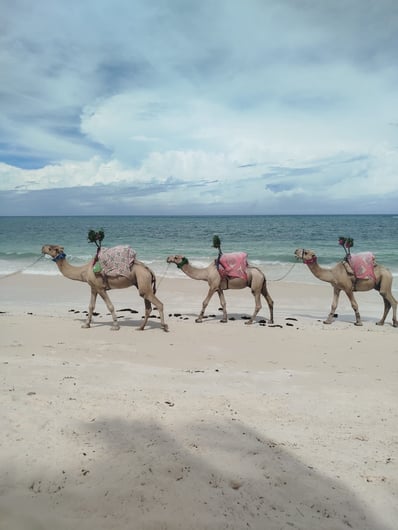
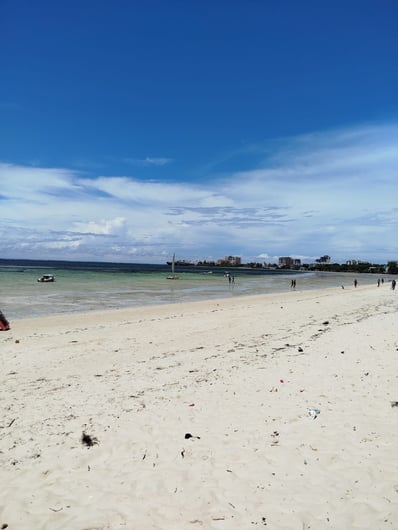
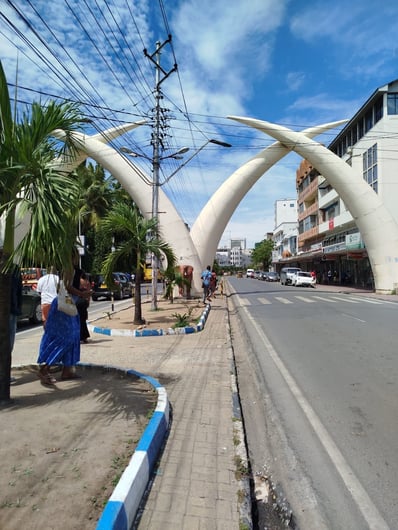
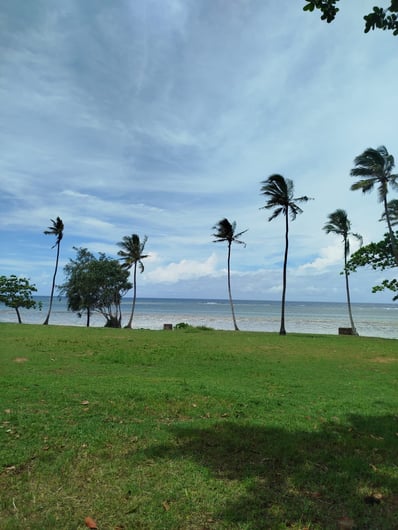
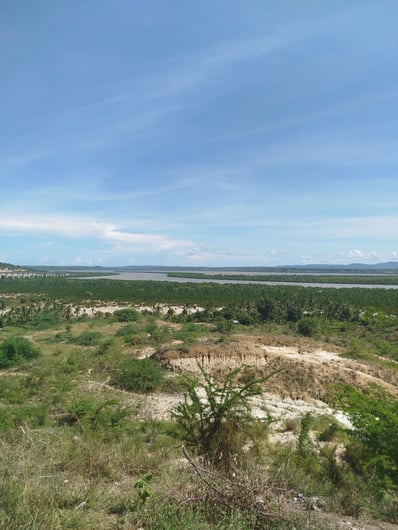
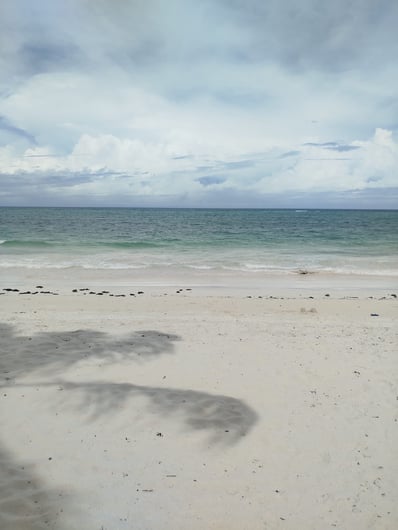
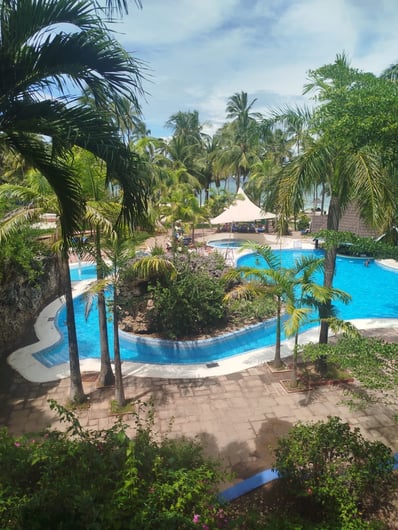
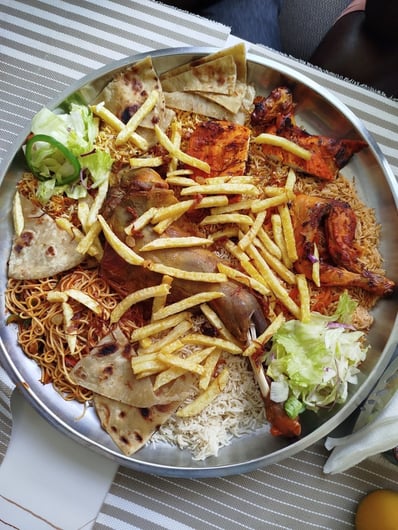
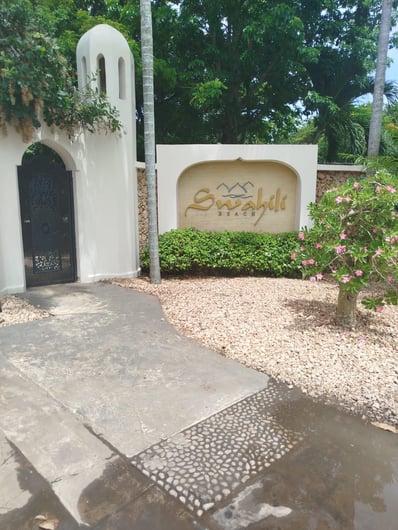










Contact Us
Reach out for inquiries about Tanzania's amazing destinations and experiences.
★★★★★
Exploring Maasai Mara was Amazing!

John Doe
★★★★★
Experiencing Mombasa was incredible.

Jane Smith
